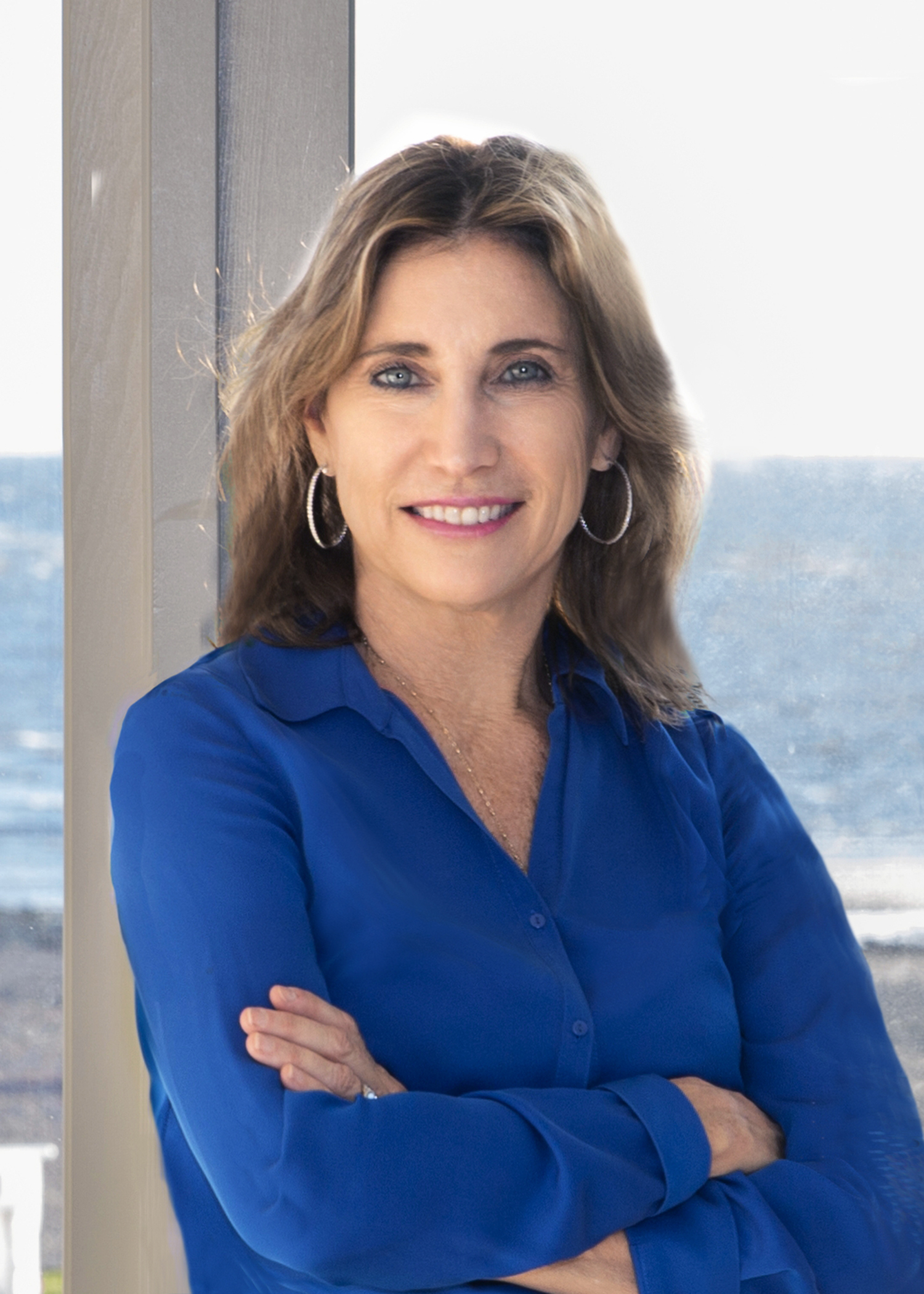
Image by Anna Armbrust from Pixabay
The conventional thinking that accessible homes require significant square footage to accommodate wheelchairs and walkers runs contrary to small and tiny house floor plans. Many of these affordable new construction houses are ideally suited for people with physical limitations. Modestly-sized home plans reduce the amount of space people have to navigate.
When designed with an eye on accessibility and space efficiency, small and tiny homes are also a wonderful option for people on fixed incomes. Contractors and potential homebuyers who use wheelchairs, walkers or have difficulty reaching objects at heights may want to consider accessible small homes.
The Americans with Disabilities Act (ADA) establishes building code guidelines that increase accessibility in a wide range of areas. These include entranceways, countertops, open pathways and bathroom amenities, among many others. A small house typically runs between 600 and 1,200 square feet, although no hard-and-fast rule exists, making it easy to modify for increased accessibility.
New construction small houses may have 2-3 bedrooms and 1 bathroom. Traditional layouts often divide each room with narrow interior doors that make many feel claustrophobic. But reimagining small house plans through the accessibility lens may make them more palatable for wide-reaching potential homebuyers and people with mobility challenges alike. These are floor plan modifications that can transition a living space to an accessible one.
These concepts are viable ways to transition small homes into accessible ones. Building on these same architectural design ideas, tiny houses are tailormade for accessible modifications.
The tiny home trend has captured the imagination of people with modest space needs and incomes. Efficient living also seems to attract people who might otherwise build big houses. That being said, these one and two-room homes are usually 600 square feet or smaller. Seemingly minor blueprint adjustments can make them increasingly accessible.
The fundamental idea behind these small and tiny home modifications is that less square footage can be a new construction advantage. Builders and potential homeowners may find that ADA-guided mindset makes small and tiny homes feel roomier.
